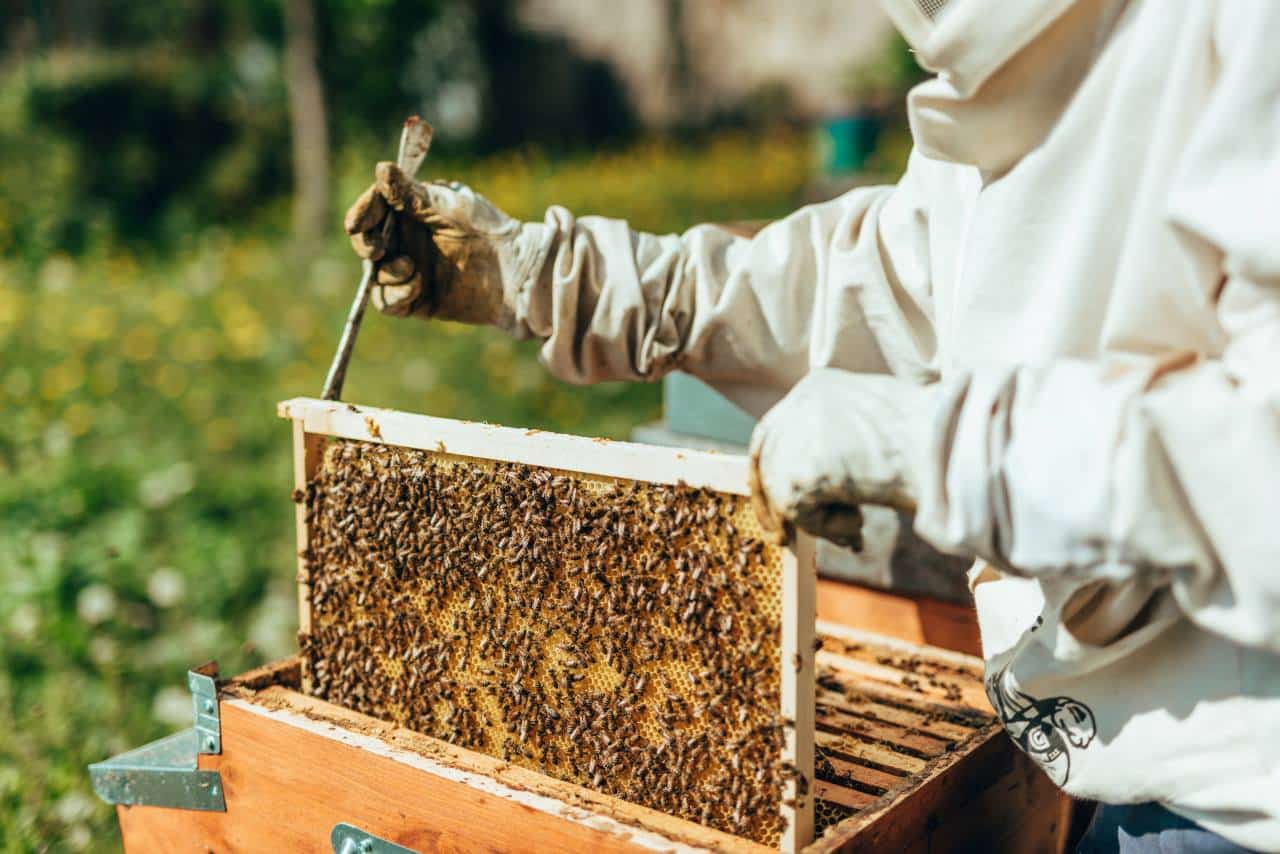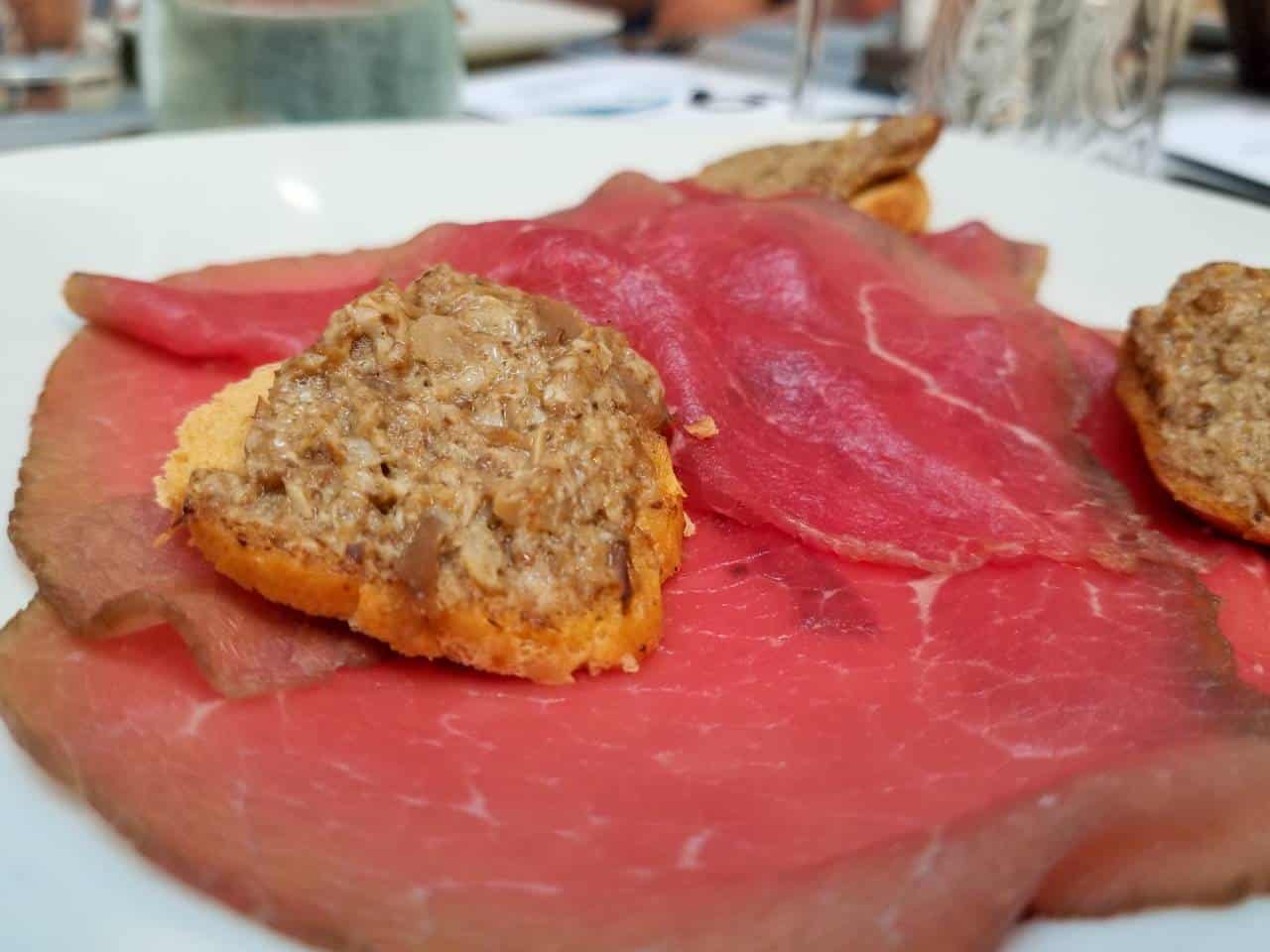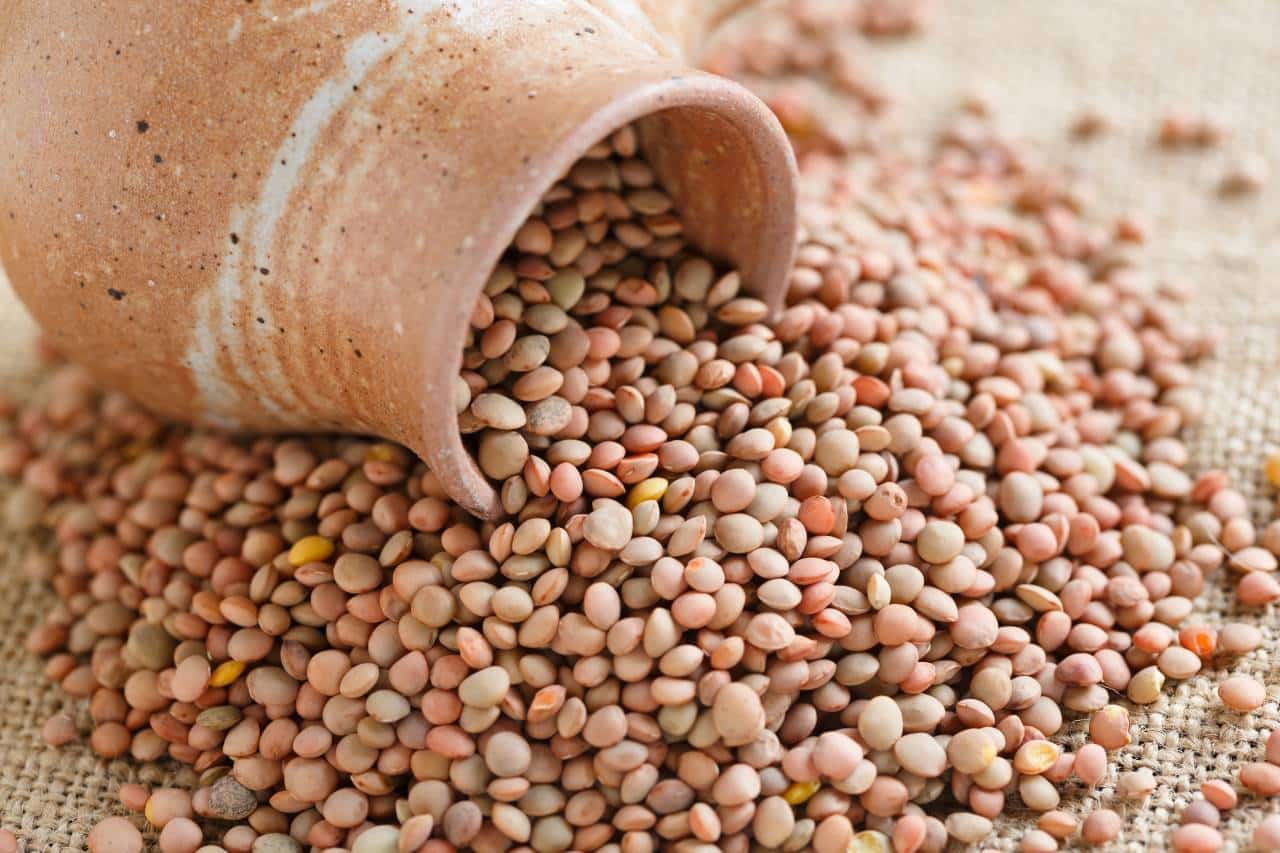Food greatly influences our health, and the German philosopher Ludwig Feuerbach had already sensed this in the 19th century with the motto “man is what he eats.” In this article, we will explore fascinating stories and local flavors of various Italian villages, from Tuscany to Campania, via the historic Belluno Dolomites.
Honey from the Belluno Dolomites

Our culinary journey begins with mountain honey, an extraordinary and valuable product for its soothing and disinfectant properties. Honey from the Belluno Dolomites, with PDO since 2010, is a delicacy that dates back to the 16th century. The small town of Limana celebrates the Honey Festival every autumn, awarding prizes for the best local production and offering dishes with honey as the protagonist, such as potato gnocchi with ginger and wildflower honey, rabbit with chestnuts and chestnut honey, and ice cream with honey-caramelized figs.
Carnia apple vinegar
In the charming Dolomites of Friuli, where stone and wood houses still reign, apple vinegar is a Pat – Traditional Food Product – of Carnia, known for its therapeutic benefits. Notable among apple vinegar recipes is the sweet and sour sauce, made with apple vinegar, sugar, flour, ginger and cloves.
Salted meat from Riva del Garda

At Riva del Garda, the famous “Garda con gusto” is a veritable ode to carne salada, a cured meat particularly valued by dieticians for its protein content and low fat content. The preparation and preservation technique dates back to the 1400s and includes a mix of salt and spices with which the beef is rested for several weeks. Other tasty variations of this cured meat include carne fumada from the Cembra Valley.
Whole grains and legumes: spelt, lentils, beans
Nutritionists strongly recommend the combination of whole grains and legumes, which are rich in fiber, minerals and vegetable protein. Typical Italian products include Garfagnana Ipg spelt, Castelluccio di Norcia Igp lentils, and Rotonda Dop white beans, perfect for nutritious soups or salads.
Citrus fruits: lemons and oranges
Moving to southern Italy, the vitamous lemons of Sorrento, those of Gargano, Rocca Imperiale and Interdonato di Messina, and the PGI blood oranges of Francofonte and Lentini lend themselves to a variety of first, second and dessert recipes.
Sea salt of Sant’Antioco
Finally, sea salt from Sant’Antioco, a Sardinian island with an ancient and fascinating history, is known for its high quality due to the presence of valuable minerals. The salt is harvested along one of the oldest salt routes, and today the resort is a destination for gourmet travelers.



0 Comment